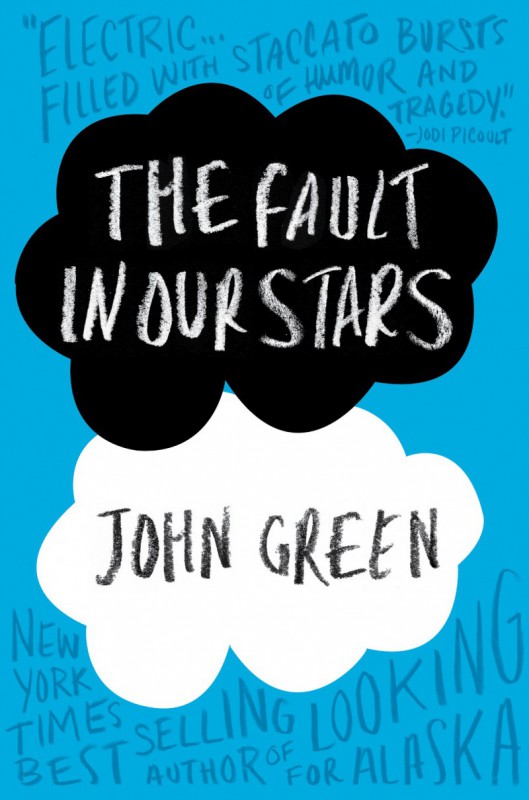by Katie Hornbeck
In every literature class I have had at St. Teresa’s, I have been asked to read books. I read the assigned chapters, and then we discuss these selections in class. In class, we analyze these books; we find themes, symbolism, and motifs that are incorporated throughout the novels. We, as students, are asked to follow these themes and to find other hidden meanings within passages. Often, I find myself searching novels for these “hidden themes.” As I flip through pages in search for one of those themes, I begin to wonder if the author even intended for this said theme to be in the book.
The author probably did intend to have a few themes weaved throughout the novel, but the extent of some of the themes that we find is unreal. I do not understand, no matter how creatively skilled an author is, how she could have possibly written a 200 page book to tell a story and incorporate 13 themes, 12 motifs, and 9 symbols. It would take so much skill to consciously think so closely about a story and to intertwine so many underlying messages within a work of that size.
When an author writes a story, they are writing to tell a story or to argue a point. I have never written a novel, so I am no expert, but I have written many papers to analyze numerous works. When I write an essay, I am writing to argue a point while analyzing one of these said themes. However, often when I am only writing about one of these themes, after about the fifth quote, I find myself stretching the meaning of a quote to fit the theme. If a work is over 200 pages, and the author intended to have this theme, then why can I not find more than five quotes to argue in support of this theme? Did the author intend for this theme? Maybe I am just lacking in my critical reading skills.
However, anyone can make up some meaning behind any given sentence. Sure, you can look within this opinion piece, and maybe you can find some hidden meaning, but I did not intend for there to be any hidden meanings. I am writing this solely to persuade you that many authors probably did not intend to have these hidden meanings that students are asked to find. If this is the case, then why are students asked to analyze works within this nature? Sure, it may be beneficial in that it helps students to further develop their critical thinking skills, but aren’t students, by this process, just learning to stretch the truth?
Anyone can make up some meaning behind any given sentence. If that individual is good at persuading, others might begin to believe that the theme was intended by the author. Isn’t that ultimately just making something up because of a hallucination and then convincing others that it is real? Isn’t that just wrong?









Andie • Apr 15, 2014 at 11:25 am
great piece, Katie!